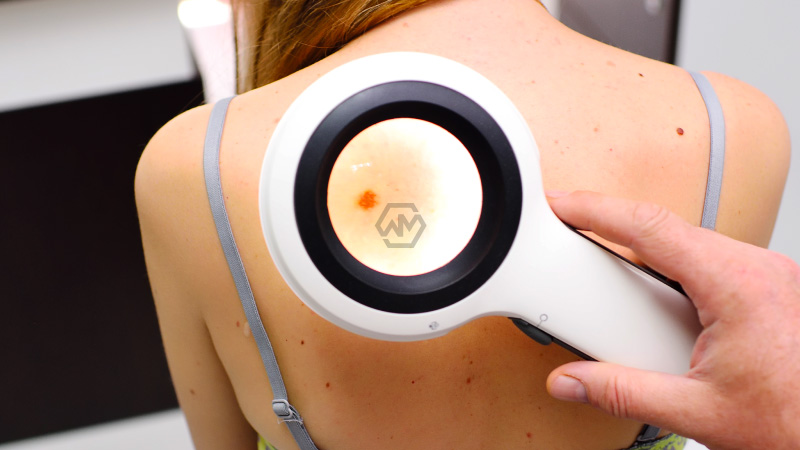- In this review, analysts evaluated more than 22,000 patients with thought skin malignant growths for more than 2 1/2 years.
- It was 92.5% successful at distinguishing pre-harmful sores.
- This is the third adaptation of this simulated intelligence programming.
The capacity to recognize skin malignant growth utilizing computerized reasoning (simulated intelligence) programming has quickly moved along.
A new examination introduced Wednesday at a clinical meeting in Berlin shows that this simulated intelligence innovation currently has a 100 percent recognition rate for melanoma, the most serious type of skin disease.
AI Successfully Spotted Melanomas
Other than identifying each of the 59 instances of melanoma, the new programming was 99.5% precise in distinguishing all skin malignant growths, missing 1 of 190.
The first was tried in 2021, distinguishing almost 86% of melanomas, 84% of all skin malignant growths, and 54% of pre-carcinogenic sores around then.
In any case, the scientists said man-made intelligence ought not be utilized as an independent location device without the help of a dermatologist.
Among the basal cell carcinoma cases, man-made intelligence missed one case. That case was recognized by a dermatologist “security net,” highlighting the requirement for clinical oversight.
Andrew said the job of artificial intelligence in dermatology is a subject of discussion.
The review discoveries were introduced Wednesday at a gathering of the European Foundation of Dermatology and Venereology, in Berlin. Discoveries introduced at clinical gatherings ought to be viewed as fundamental until distributed in a friend-explored diary.



